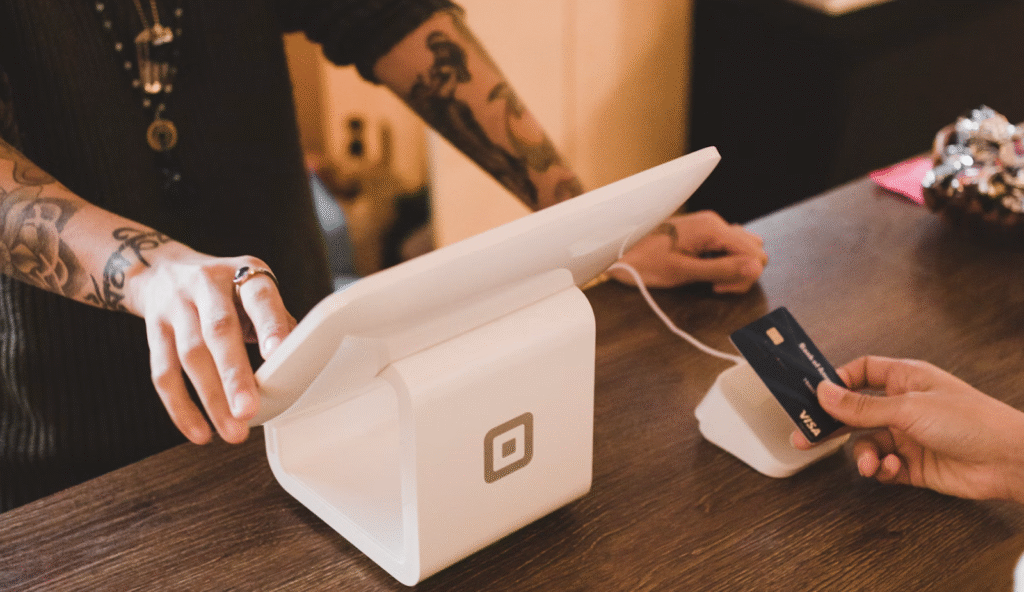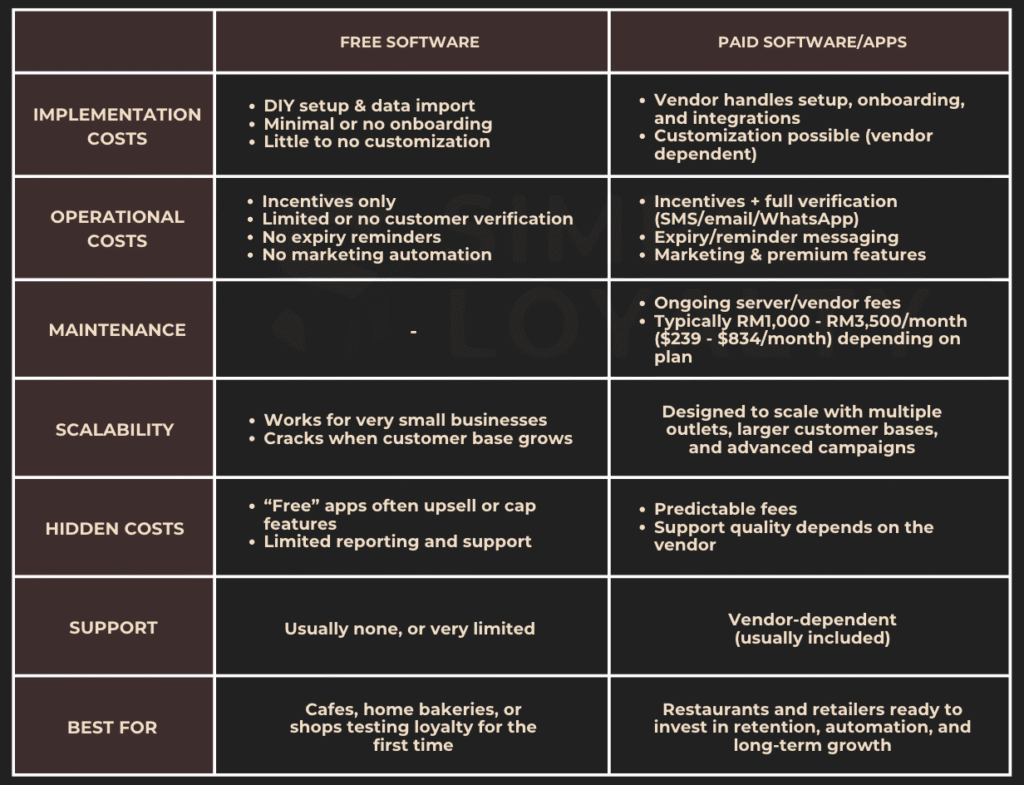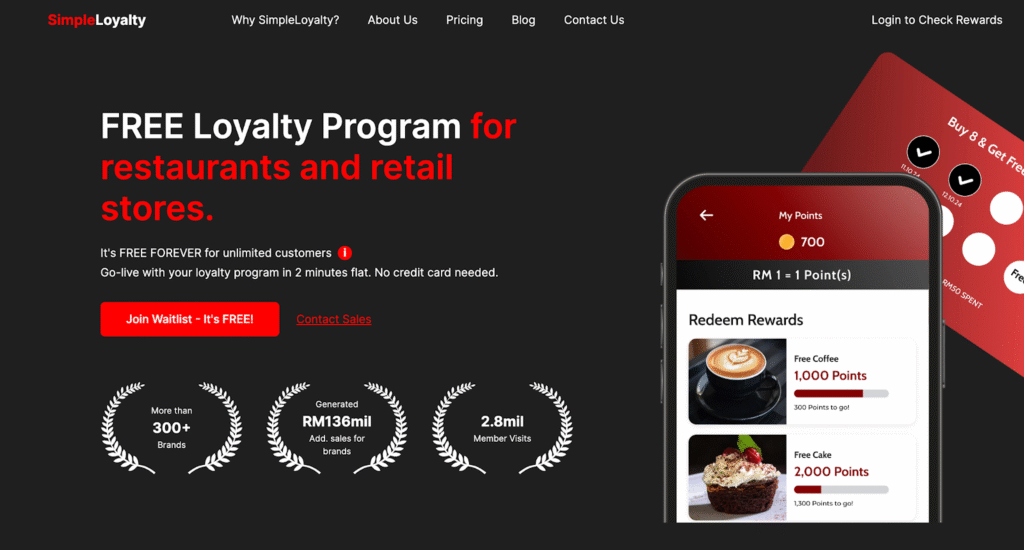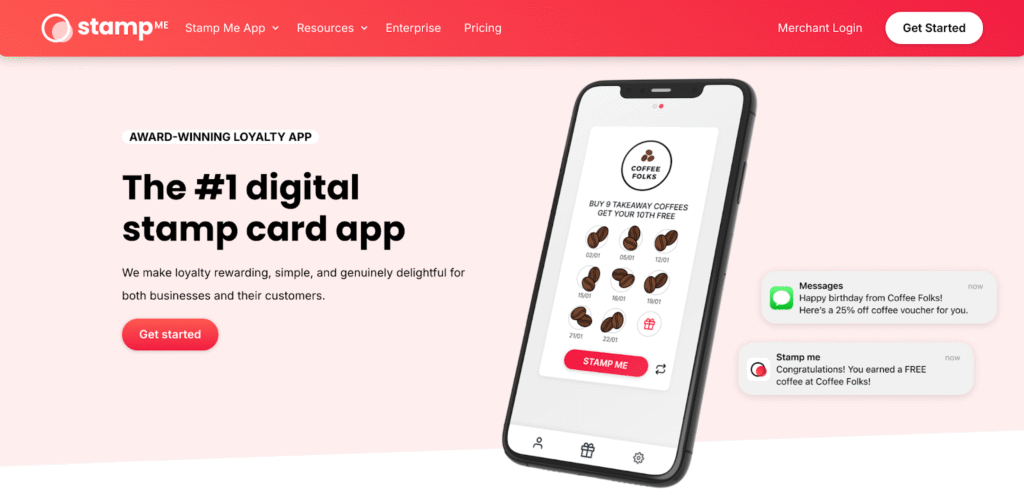Estimated Reading Time: 7 minutes

Managing customer loyalty can feel overwhelming.
You need a loyalty program that keeps people coming back, but the question is: how to choose between free and paid digital loyalty card options?
Pick wrong, and you risk wasting time on tools that don’t actually increase retention.
The difference between paid and free loyalty cards goes beyond just price. It’s about what each option delivers for your business goals. While free loyalty card benefits make sense for small businesses testing loyalty, paid loyalty program advantages—like automation and data insights—help serious businesses scale.
This guide will compare paid vs free digital loyalty card cards, break down loyalty card cost vs benefits, and highlight the best free loyalty programs and paid platforms available. By the end, you’ll know exactly which loyalty strategy works best for your business.
What Are Digital Loyalty Cards?
Think of digital loyalty cards as the 21st-century version of punch cards. They live on your customer’s phone instead of their wallet. No more messy paper clutter to be carried around.
Loyalty now lives on smartphones through apps, text messages, QR codes, or POS (Point-of-Sale) integrations.
Here’s how it works: every time a customer buys something, their purchase is logged digitally. Rewards can be tracked automatically, and businesses can send targeted promotions in real-time.
Unlike paper punch cards, digital versions let you:
- Track customer visits and spending.
- Identify your top spenders
- Send personalized offers (“Hey Will, your favorite Peach Strudel’s waiting!”)
- Reduce fraud (no more suspiciously fast hole-punching by sneaky customers).
The Debate: Free vs Paid, Which Drives Real Customer Retention?
Free digital loyalty cards are great if you’re just starting out. They’re like training wheels—helpful at first, but not meant for the long haul.
Paid digital loyalty cards, however, give you:
- Measurable ROI: You can track exactly how much revenue your loyalty program brings in.
- Personalized engagement: Instead of giving everyone the same free coffee, you can tailor rewards to different customer groups.
- Long-term growth: Paid platforms scale with you as you expand locations, products, and campaigns.
So, which should you choose?
- If you’re still in the experimenting phase, go free.
- If you’re serious about retention, scaling, and profits, paid is the clear winner.
Many cafe owners we speak to say free loyalty apps are great for customer smiles, but paid loyalty platforms actually turn those smiles into repeat visits and higher spend.
Free Digital Loyalty Cards
Free loyalty tools are tempting. After all, “free” is a word business owners rarely say no to (especially if you’re just starting out). These typically come in the form of mobile apps or entry-level features included with POS systems.
But are they too good to be true? Let’s take a closer look.
Pros of Free Digital Loyalty Cards
- No upfront cost
You can start rewarding customers without touching your budget. This makes free cards appealing to small cafes, home bakeries, and neighborhood shops testing loyalty for the first time.
- Simple setup
Most free loyalty apps are easy to install and use. You don’t need a tech team, really. Just a smartphone and basic internet connection.
- Good for “starter” businesses
If all you need is a simple “Buy 9, get 1 Free” structure, free tools can do the job. Think of it as dipping your toes into the loyalty pool.
- Quick testing ground
You can test how customers respond to loyalty without making a financial commitment. If customers engage, you’ll know it’s worth investing in a paid system later.
Cons of Free Digital Loyalty Cards
- Limited features
Free platforms usually cover just the basics, but forget about advanced tools like data analytics, segmentation, or automated SMS campaigns.
- Branding restrictions
Your loyalty program may display the app provider’s logo instead of yours. Imagine your customer thinking “Wow, I love this loyalty app!”, instead of “Wow, I love this cafe!”.
Not ideal.
- Scalability issues
Once you grow beyond a small customer base, free platforms start showing cracks. You may hit customer limits, feature restrictions, or need to juggle multiple apps.
- Hidden costs
Some “free” apps charge transaction fees, limit the number of customers you can register, or push you to upgrade after a certain threshold. “Free” may not stay free forever.
- No real retention strategy
Free apps may help you give rewards, but they don’t help you build deeper customer relationships. Without personalization, it’s just a digitized punch card.
Paid Digital Loyalty Cards
Paid platforms are designed for businesses that see loyalty as more than just a “bonus” for customers. These systems help you build retention strategies that directly impact revenue.
Think of it like this: free tools are a bicycle, while paid loyalty platforms are a car. Both can get you from point A to B, but no one’s going to do it faster, with more power, and (let’s be honest) more style.
Pros of Paid Digital Loyalty Cards
- Custom branding
Your loyalty card reflects your brand. Not someone else’s. This builds a stronger connection with customers and keeps your business top-of-mind.
- Advanced features
Paid systems let you run tiered loyalty programs, referral campaigns, and even gamified experiences. Imagine customers earning points for challenges like “try 5 new menu items”).
- Data-driven decisions
With paid systems, you can track spending habits, peak hours, and customer segments. That’s gold for marketing. Instead of guessing, you can make data-backed decisions.
- Automation
Birthday messages, “we miss you” texts, and win-back campaigns can run automatically. Less manual work, more customer love.
- Scalability
Paid platforms grow with you. Whether you’re one outlet or 20, you don’t need to switch systems every time you expand.
- Better retention and ROI (Return on investment)
Studies consistently show that more consumers are more likely to stay loyal to brands with a good loyalty program. Paid systems are designed to maximize that stickiness.
Cons of Paid Digital Loyalty Cards
- Cost
Monthly or annual subscriptions can feel like a burden if you’re running on tight margins.
- Learning curve
More features mean more setup time. However, most platforms prioritize user-friendly dashboards to keep it simple.
Don’t believe us? Try SimpleLoyalty for yourself!
- Commitment
Paid plans often require contracts. You can’t just “try it for a week” and walk away.
Free vs Paid Digital Loyalty Cards: At a Glance

Best Free vs Paid Digital Loyalty Card Platforms
Paid options
Platforms like SimpleLoyalty or Advocado offer advanced features tailored for restaurants and retailers. These platforms focus on scalability, automation, and personalization—things you’ll need once customer retention becomes a priority.

Free options
Apps like Stamp Me or Loyalty Card Keychain offer basic punch card digitization. Some POS providers include a “lite” version of loyalty features in their free tier.

Conclusion
Paper punch cards?
Outdated.
Free digital loyalty cards?
A good stepping stone.
Paid digital loyalty cards? The engine that drives real customer retention and business growth.
If you’re ready to stop handing out free coffees without knowing whether they boost loyalty, try a paid loyalty platform like SimpleLoyalty. It’s built to help restaurants and retailers turn occasional buyers into repeat regulars (without the complexity or cost you might expect).
At the end of the day, it’s not about whether loyalty programs cost money—it’s about what not having a strong program is already costing you in missed revenue and lost customers.
So ask yourself: do you want to just reward customers… or actually grow with them?

